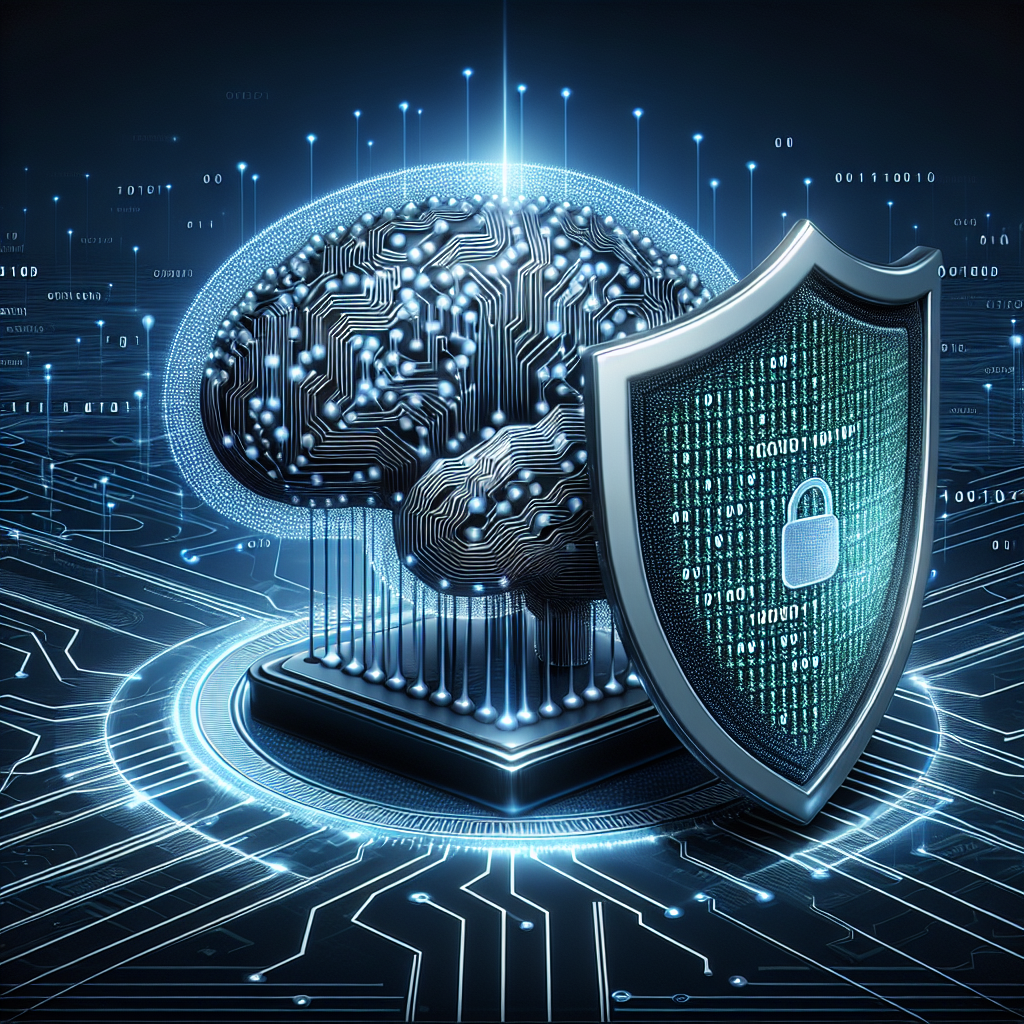Artificial General Intelligence (AGI) is a term used to describe a form of artificial intelligence that possesses the ability to understand, learn, and apply knowledge in a manner similar to human intelligence. AGI is seen as the next frontier in the field of artificial intelligence, with the potential to revolutionize many aspects of society. However, with the development of AGI comes a whole new set of risks and challenges, particularly in the realm of cybersecurity.
Cybersecurity is the practice of protecting systems, networks, and data from digital attacks. With the rise of AGI, the potential for cyber threats and vulnerabilities has increased exponentially. AGI has the ability to analyze vast amounts of data, learn from its surroundings, and make decisions autonomously, which can pose significant risks if not properly safeguarded against.
In this article, we will explore the intersection of AGI and cybersecurity, discussing the potential risks associated with advanced AI and how organizations can safeguard against these risks.
Risks of AGI in Cybersecurity
The development of AGI presents a number of risks in the realm of cybersecurity. Some of the key risks include:
1. Increased Complexity: AGI systems are inherently complex and can be difficult to understand and control. This complexity can make it challenging to predict how an AGI system will behave in certain situations, increasing the risk of unexpected outcomes and vulnerabilities.
2. Autonomy: AGI systems have the ability to make decisions autonomously, without human intervention. This can pose a risk if the AGI system makes decisions that are harmful or unethical, leading to potential security breaches or data leaks.
3. Adaptability: AGI systems have the ability to adapt and learn from their surroundings, making them more resilient to traditional cybersecurity measures. This adaptability can make it difficult to detect and respond to potential threats in a timely manner.
4. Insecurity by Design: AGI systems are often designed to prioritize efficiency and performance over security, leaving them vulnerable to cyber attacks. This insecurity by design can make it easier for malicious actors to exploit vulnerabilities in AGI systems.
Safeguarding Against the Risks of AGI
Despite the risks associated with AGI in cybersecurity, there are a number of strategies that organizations can implement to safeguard against these risks. Some of the key strategies include:
1. Implementing Robust Security Measures: Organizations should implement robust security measures to protect against cyber threats, such as encryption, multi-factor authentication, and regular security audits. These measures can help to mitigate the risks associated with AGI systems and ensure the security of sensitive data.
2. Monitoring and Surveillance: Organizations should regularly monitor and surveil their AGI systems to detect any unusual behavior or potential security breaches. By monitoring AGI systems in real-time, organizations can respond quickly to potential threats and minimize the impact of cyber attacks.
3. Ethical Design Principles: Organizations should prioritize ethical design principles when developing AGI systems, ensuring that they are designed with security and privacy in mind. By embedding ethical considerations into the design process, organizations can minimize the risks associated with AGI systems and build trust with users.
4. Collaboration and Information Sharing: Organizations should collaborate with other industry stakeholders and share information about potential threats and vulnerabilities. By working together to address common challenges, organizations can enhance their cybersecurity posture and better protect against cyber attacks.
5. Training and Education: Organizations should provide training and education to employees on cybersecurity best practices and the risks associated with AGI systems. By raising awareness about potential threats and vulnerabilities, organizations can empower employees to identify and respond to cyber attacks effectively.
FAQs
Q: What are some common cyber threats associated with AGI systems?
A: Some common cyber threats associated with AGI systems include data breaches, malware attacks, phishing scams, and denial-of-service attacks. These threats can compromise the security and integrity of AGI systems, leading to potential data leaks and security breaches.
Q: How can organizations detect and respond to cyber attacks on AGI systems?
A: Organizations can detect and respond to cyber attacks on AGI systems by implementing intrusion detection systems, monitoring network traffic, and conducting regular security audits. By proactively monitoring and surveilling AGI systems, organizations can identify and respond to potential threats in a timely manner.
Q: What role does artificial intelligence play in cybersecurity?
A: Artificial intelligence plays a significant role in cybersecurity, helping organizations to detect and respond to cyber threats more effectively. AI technologies, such as machine learning and natural language processing, can analyze vast amounts of data and identify patterns indicative of cyber attacks, enabling organizations to enhance their cybersecurity posture.
In conclusion, the development of AGI presents both opportunities and risks in the realm of cybersecurity. While AGI systems have the potential to revolutionize many aspects of society, they also pose significant challenges in terms of security and privacy. By implementing robust security measures, prioritizing ethical design principles, and fostering collaboration and information sharing, organizations can safeguard against the risks of advanced AI and protect against potential cyber threats.

